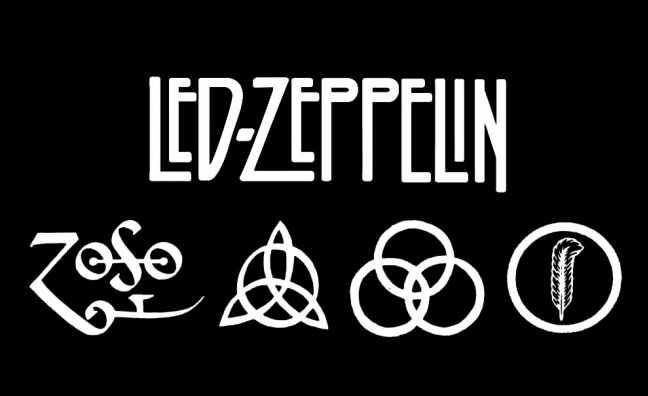Viewpoint by Nick Fenner: Partner TLT LLP
The recent Court ruling that Led Zeppelin’s Stairway To Heaven did not infringe copyright contrasts with last year’s finding that Blurred Lines had unlawfully copied from Marvin Gaye’s hit Got To Give It Up.
Does the Led Zeppelin case throw any new light on the court’s approach to the boundary between lawful inspiration and unlawful copying?
The two cases had several factors in common: they both featured band members who claimed to have no memory of what was said at crucial meetings/interviews. Another common feature was that the cases were brought by estates of deceased artists no doubt tasked by the beneficiaries to keep royalties flowing.
The cases were both heard in the US and were decided by a jury. The jury in both cases had to base their decision on stripped down acoustic renditions of the musical scores filed with the US copyright office rather than sound recordings of the released tracks. This was because the works alleged to have been copied were made before new US copyright laws were introduced in 1976 which extended copyright protection to sound recordings. This may have been an important factor in the Led Zeppelin case.
What test does the court apply?
There is a double test that has to be satisfied. First, was there actual copying?
This generally requires the party bringing the claim to show that the defendant at least had access to the original track.
Second, are the parts that have been copied protected by copyright?
Issue 1: Was there copying ?
This was a non-issue in the Blurred Lines case mainly because the Marvin Gaye track was so well known. The defence was not helped when it emerged that Robin Thicke had said in interviews that Got To Give It Up was one of his “favourite songs of all time,” and that he had said to writer and producer Pharrell Williams,
“Damn, we should make something like that, something with that groove.” Although Thicke subsequently denied being influenced by Gaye and explained that the track was composed by Pharrell Williams without his involvement, nobody on the Blurred Lines side was seriously denying they were influenced by the Marvin Gaye track.
In contrast, Led Zeppelin were accused of copying the opening bars of the much less well known track Taurus by Spirit. Led Zeppelin claimed that they had never heard Taurus before writing Stairway and therefore could not have copied it. Page testified that, despite appearing on the same bill as Spirit in Birmingham in 1970, just a year before Stairway To Heaven was released, he had not heard Taurus for the first time until 2014.
He conceded he owned a Spirit album featuring Taurus (admittedly among his more than 4,000 other records) but claimed he had no idea how or when it had got there. On balance the jury favoured Spirit and concluded that Led Zeppelin probably had access to Taurus at the time of writing Stairway, so copying was a possibility.
Issue 2: Are the parts alleged to be copied protected by copyright?
In the US the courts require “substantial similarity” (the equivalent test in the UK is the requirement of “copying of a substantial part”). In deciding whether there is substantial similarity the court must disregard the common place elements. To help the jury decide, both sides rely on expert testimony from musicologists to opine on the similarities and differences between the two tracks and argue over what comprises commonplace elements.
In the Led Zeppelin case Plant admitted the opening chord sequence of the two songs was similar. The focus of the Led Zeppelin expert’s evidence were therefore on proving much of what was similar was in fact commonplace and therefore excluded from protection. They claimed that the use the descending musical motif “had been around forever,” citing Michelle by The Beatles, Dido’s Lament by Purcell (1689), and even Chim, Chim Cher-ee from Mary Poppins.
That evidence, along with the fact differences in the chord sequences were highlighted by the acoustic versions played in court in place of the actual sound recordings, helped persuade the jury that despite the similarities, there was no copyright infringement.
In contrast, Marvin Gaye’s estate was starting from the position that the defence had effectively admitted that they had set out to capture the vibe of Got To Give It Up. Gaye’s estate ignored the obvious difference in lyrics and rhythm and focussed on making the musical case that the overall vibe and feel of the original work should be protected rather than the individual elements.
They claimed Blurred Lines went beyond mere homage and crossed the line to illegal imitation. It was the jury’s finding that those wider concepts of vibe and feel could be protected by copyright that raised concerns that the bar for protectable copyrights had been set too low in that case and it could lead to an avalanche of claims.
In summary, the Led Zeppelin case appears to represent a return to the traditional approach to analysing copyright infringement, but could just mean that, in US jury cases, the outcome depends on a number of factors, the similarities in the music only being one of them.










